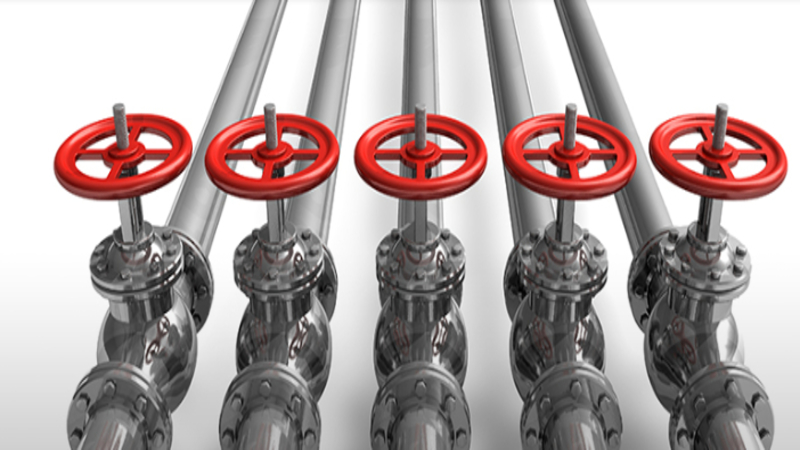The telescopic hydraulic cylinder requires much care and consideration since it usually bears the weight from the side especially at full extension. Telescopic cylinders should only be used in machinery as a device for providing force and travel, such as that of the dump body on a dump truck or that of a crane. Side forces and moment loads or in other words, a tilting load that tries to rotate the rings of a rolling element in a turning manner that is vertical to the designed rotational axis must be minimized. Telescopic cylinders are never used to stabilize any mechanical component.
Applications
Telescopic cylinders are exceptionally useful devices that benefit several applications within the construction industry. These include oil drilling rigs, excavators, roll-of trucks, harvester combines and more. These devices are designed specifically to make possible a variety of important operations, enabling much faster, efficient and higher production.
Going the Extra Distance
The benefit that the telescopic hydraulic cylinder has over any other type of cylinders is that it can provide an exceptionally long extension. The collapsed length of a telescopic cylinder varies somewhere between thirty percent of their original length; so that when a shortage of space is a problem, a telescopic cylinder is an obvious choice. So when you see that dump truck, and it has to be emptied, it will be using a telescopic cylinder so that it can raise up, empty its load and come back down and compact itself, just like a telescope and then be able to move on the roads. Cranes are also another good example of a piece of equipment that uses a telescoping cylinder.
Nesting Inside Each Other
Sections of steel tubing with progressively smaller steel tubing nest inside each other. The largest diameter section is called the main or barrel; the smaller diameter sections that move are called stages; the smallest stage is also called the plunger. The telescopic hydraulic cylinder extends from the largest stage to the smallest stage. This means the largest stage will be the first to move to the progressively smaller stages the following suit.



